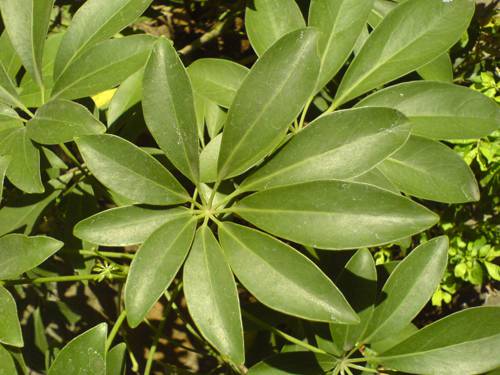
FAQ About Indoor Bonsai Plant Care

What is a bonsai plant?
A bonsai plant is a miniature tree that is grown in a pot and carefully trained to replicate the shape and scale of a full-sized tree. The art of bonsai originated in Japan and China, focusing on long-term cultivation and shaping for aesthetic purposes. Bonsai is not a specific type of tree but can be created from nearly any tree or shrub species given the right conditions and care.

Which species of plants are best for indoor bonsai?
Some popular species for indoor bonsai include Ficus, Jade, Chinese Elm, and Hawaiian Umbrella. These species are known for their adaptability to indoor environments, resilience, and ability to thrive with minimal light conditions often found indoors.

How much light do indoor bonsai plants need?
Indoor bonsai generally need bright but indirect sunlight. They should be placed near a window where they can receive ample natural light without direct sun exposure, which can scorch the leaves. If natural light is insufficient, consider supplementing with artificial grow lights designed for plant care.

How often should I water my indoor bonsai?
Watering frequency depends on the species, pot size, and environmental conditions, but generally, indoor bonsai should be watered when the topsoil feels dry to the touch. It's essential to ensure the pot has proper drainage to prevent root rot. A common practice is to water thoroughly, allowing excess water to drain out.

What type of potting soil is best for indoor bonsai?
Indoor bonsai typically thrive in a special bonsai soil mix designed for good drainage and aeration. This mix often includes components like akadama (a type of clay), pumice, lava rock, and organic matter. Avoid regular garden soil as it may retain too much moisture and compact over time.

How do I prune an indoor bonsai plant?
Pruning is crucial for maintaining the shape of a bonsai plant. This involves removing excessive branches, stems, and sometimes roots. Regular pinching and trimming help control growth and encourage branching. Always use sharp, clean tools to prevent damage and disease.

Can I grow any plant as a bonsai?
While many tree and shrub species can be cultivated as bonsai, not all are suitable for indoor conditions. Choose species known for thriving indoors and having characteristics suitable for bonsai styling, such as small leaves and a tolerance for confined root systems.

How do I fertilize my indoor bonsai plant?
Indoor bonsai plants require regular feeding to develop healthy foliage and roots. Use a balanced liquid fertilizer every month during the growing season (spring and summer). Reduce the frequency during fall and winter when the plant’s growth generally slows down.

What are the common pests affecting indoor bonsai and how to control them?
Common pests include spider mites, aphids, and scale insects. Regularly check your plant for any signs of infestation, and clean the leaves with soapy water as a preventative measure. Insecticidal soap or neem oil can be used to treat more severe infestations.

Can bonsai survive in low light conditions?
While some bonsai species like Ficus can tolerate lower light conditions, all bonsai will thrive better with sufficient indirect sunlight. If your environment lacks adequate natural light, consider using LED grow lights to provide the necessary light spectrum for healthy growth.
